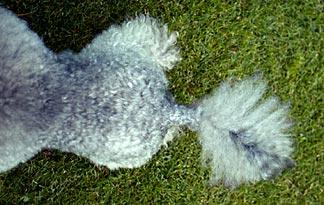
Do Dogs Wag Their Tails Voluntarily Or Involuntarily. Well usually not but sometimes yes. Sometimes a wagging tail doesnt mean that a dog is feeling friendly it could signal just the opposite. That is is wagging brought about as a biochemical response to a general state of mind or through some deliberate thought process. Ultimately tail wagging in the adult dog tends to be involuntary in response but it can be consciously controlled if the dog chooses to do so.

Vaikka eri tail wags todennäköisesti merkitsevät erilaisia tunteita kun otetaan huomioon niiden monimutkaisuus kaikki lähteet eivät ole samaa mieltä kunkin tyypin wag. Tail wagging is a behavior closely associated with dogs who seem to engage in it more than other animals. According to Live Science a 2007 study found that when dogs wag their tails to the right its a sign that theyve feeling positive emotions while wagging to the left indicates negative emotions. The wag of a tail is instinctive in dogs. I guess well just have to ask Fido. Tail wagging can often indicate that your dog is happy yes but it turns out that your dogs tail can also indicate a variety of other emotions and intentions.
The wag of a tail is instinctive in dogs.
Interestingly dogs do not talk to themselves. Dogs will be dogs. That is is wagging brought about as a biochemical response to a general state of mind or through some deliberate thought process. Position and speed of tail wagging takes on different meanings. Excessive wagging could also be a sign of anxiety and high energy that could start to annoy you and be problematic for others. Tail wagging can often indicate that your dog is happy yes but it turns out that your dogs tail can also indicate a variety of other emotions and intentions.